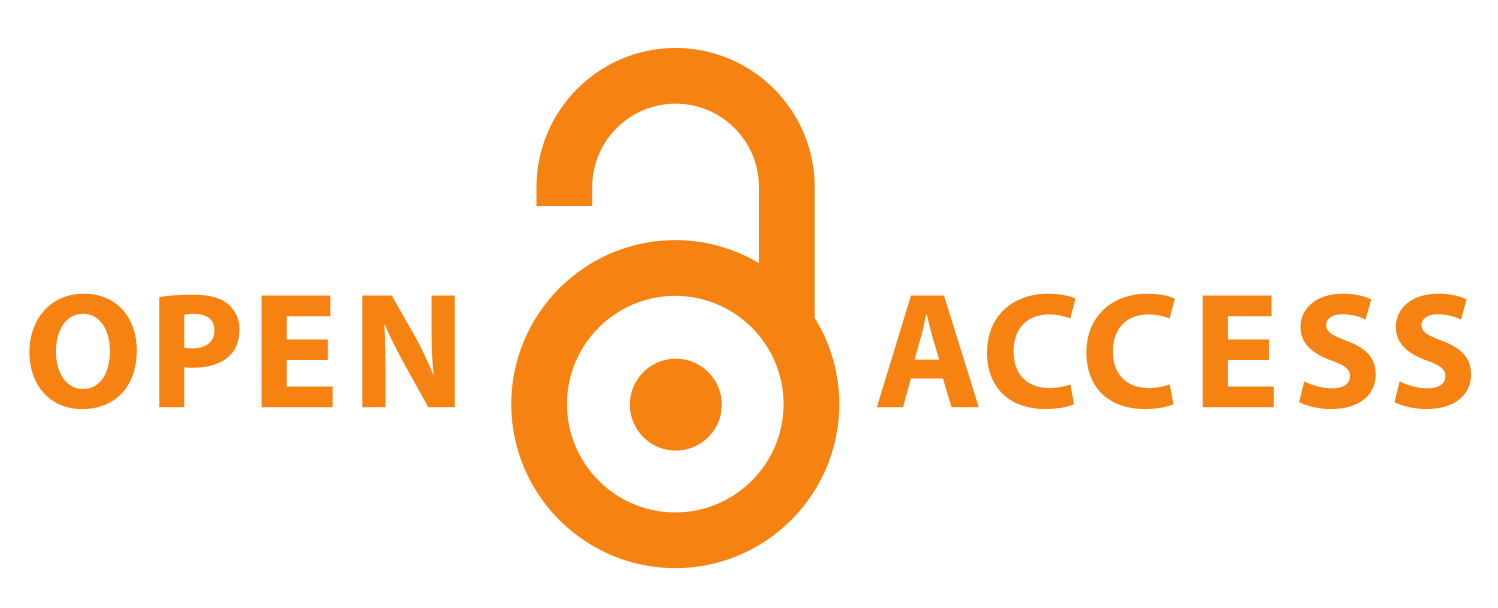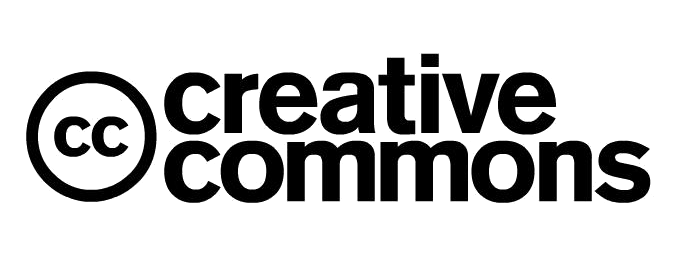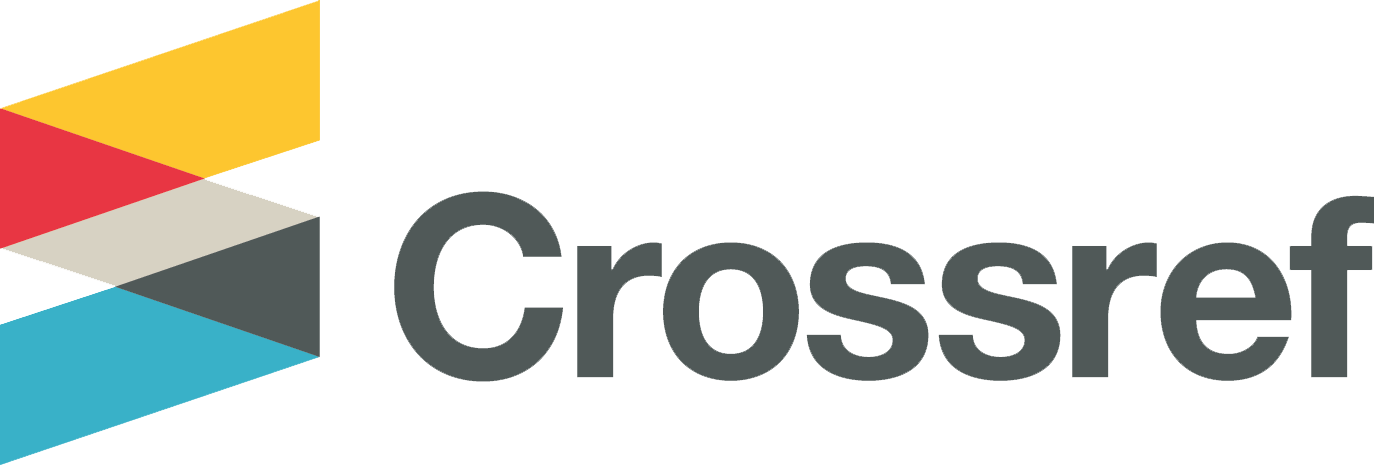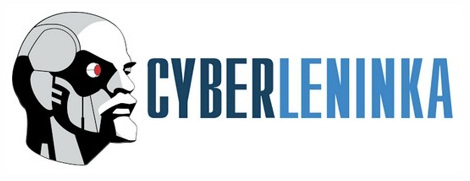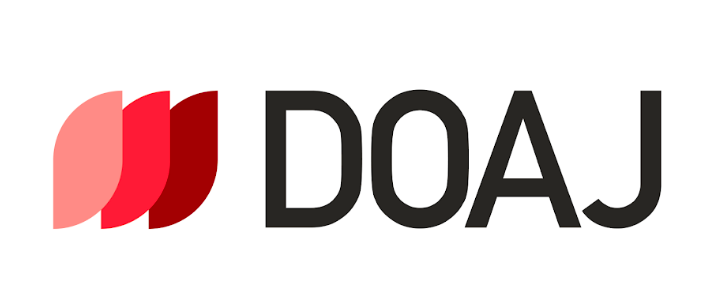The first record of Microsphecia brosiformis (Hübner, 1813) (Lepidoptera, Sesiidae) in the Southern Ural
DOI:
https://doi.org/10.33910/2686-9519-2023-15-3-702-705Keywords:
Lepidoptera, Russia, South Ural, Orenburg Region, Bashkortostan, new records, faunaAbstract
New records of the clear-wing moth Microsphecia brosiformis (Hübner, 1813) from the territory of two regions of the Russian Federation (Orenburg Region and Republic of Bashkortostan) are given. This species is reported for the fauna of the Southern Ural for the first time. The boundary of the species range in the European part of Russia is extended by almost 900 km to the east. Males were attracted with synthetic pheromone lures. Specimens were found in the mountainous habitats; however, we assume that the species is widely distributed in the steppes of the Urals, Western Siberia and Northern Kazakhstan. The number of clear-wing moth species in the Southern Urals increased to 15.
References
ЛИТЕРАТУРА
Горбунов, О. Г. (2019) Sesiidae. В кн.: С. Ю. Синёв (ред.). Каталог чешуекрылых (Lepidoptera) России. 2-е изд. СПб.: Зоологический институт РАН, с. 158–161.
Laštůvka, Z., Laštůvka, A. (2001) The Sesiidae of Europe. Stenstrup: Apollo Books Publ., 245 pp.
REFERENCES
Gorbunov, O. G. (2019) Sesiidae. In: S. Yu. Sinev (ed.). Katalog Cheshuekrylykh (Lepidoptera) Rossii [Catalogue of Lepidoptera of Russia]. 2nd ed. Saint Petersburgh: Zoological Institute RAS Publ., pp. 158–161. (In Russian)
Laštůvka, Z., Laštůvka, A. (2001) The Sesiidae of Europe. Stenstrup: Apollo Books Publ., 245 pp. (In English)
Downloads
Published
Issue
Section
License
Copyright (c) 2023 Svyatoslav A. Knyazev, Pavel Yu. Gorbunov

This work is licensed under a Creative Commons Attribution-NonCommercial 4.0 International License.
The work is provided under the terms of the Public Offer and of Creative Commons public license Creative Commons Attribution 4.0 International (CC BY 4.0).
This license permits an unlimited number of users to copy and redistribute the material in any medium or format, and to remix, transform, and build upon the material for any purpose, including commercial use.
This license retains copyright for the authors but allows others to freely distribute, use, and adapt the work, on the mandatory condition that appropriate credit is given. Users must provide a correct link to the original publication in our journal, cite the authors' names, and indicate if any changes were made.
Copyright remains with the authors. The CC BY 4.0 license does not transfer rights to third parties but rather grants users prior permission for use, provided the attribution condition is met. Any use of the work will be governed by the terms of this license.

